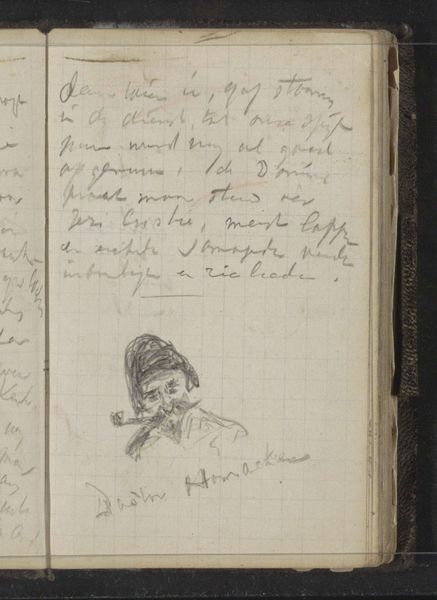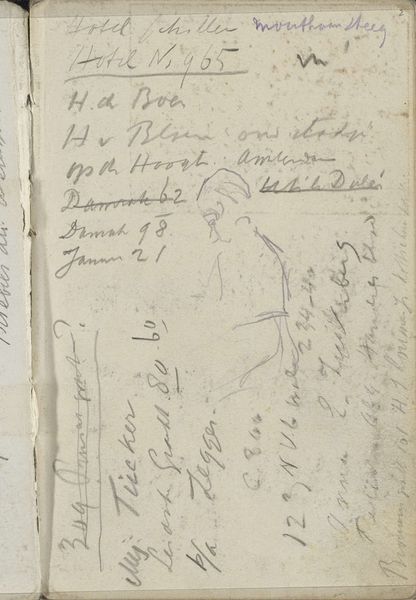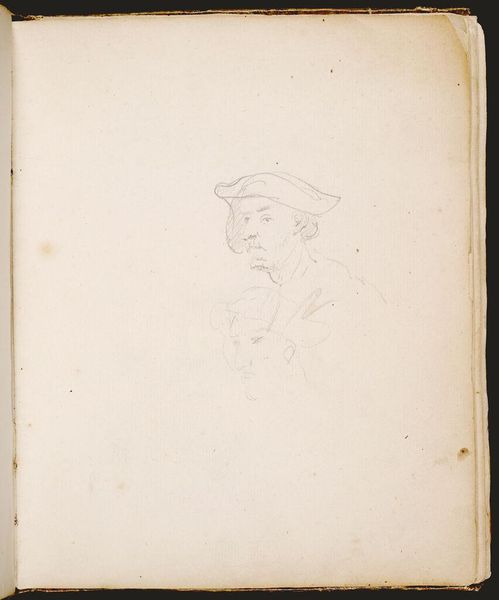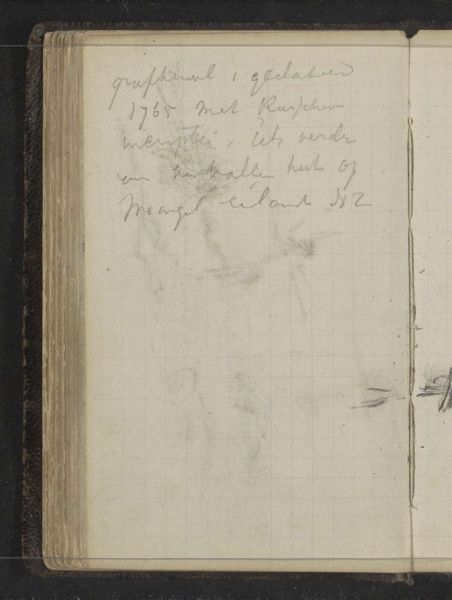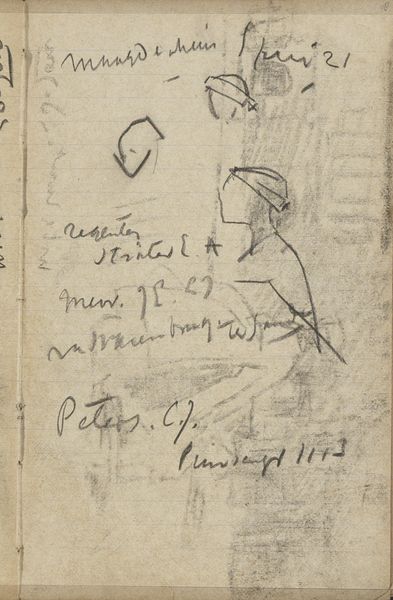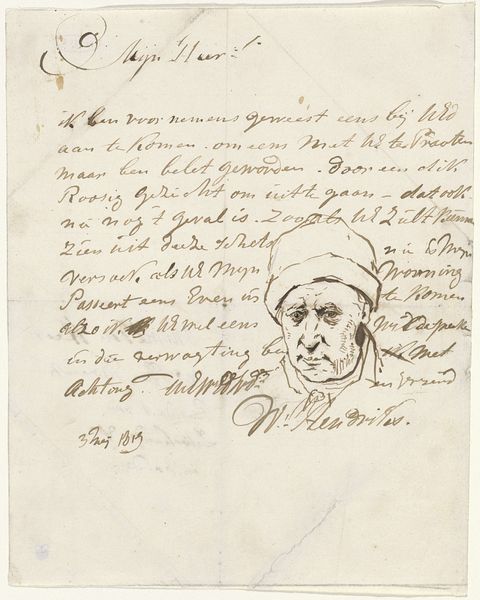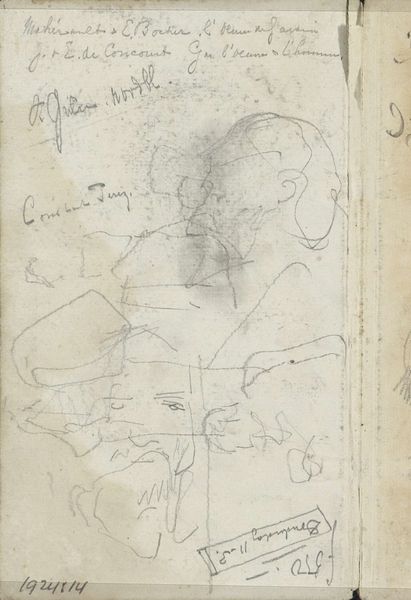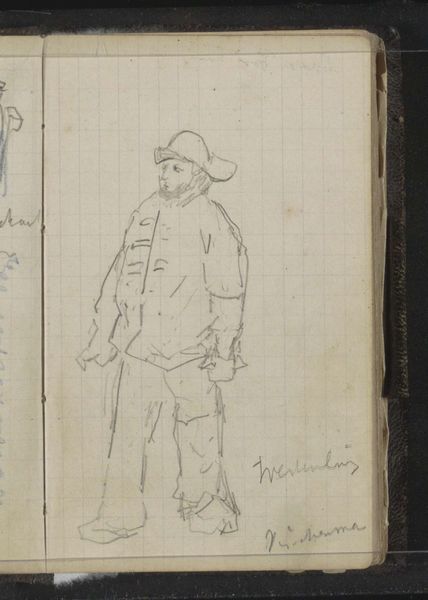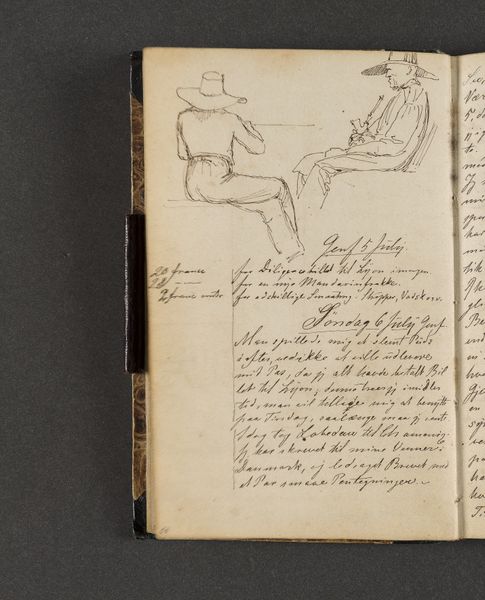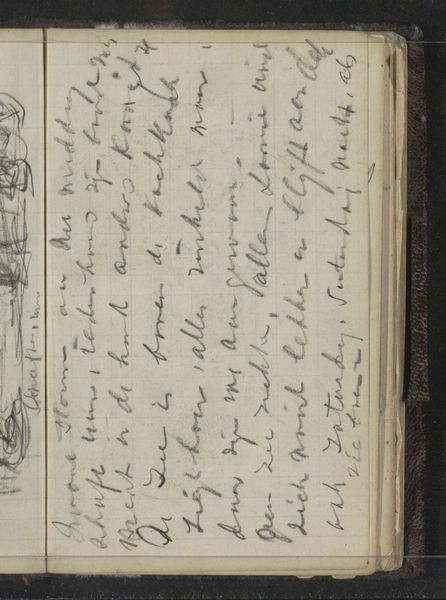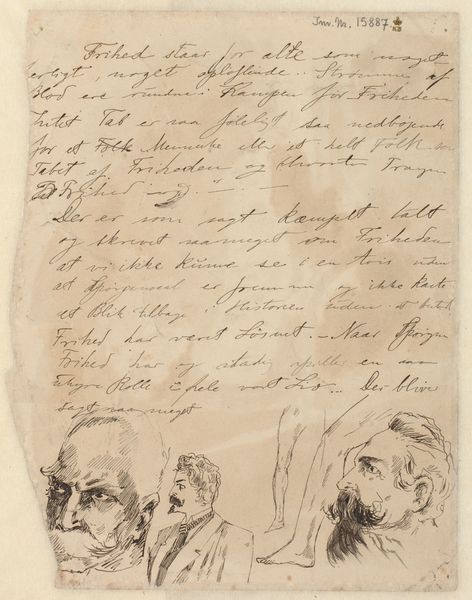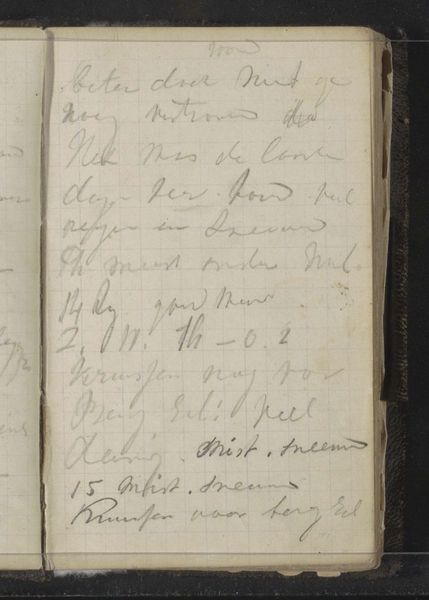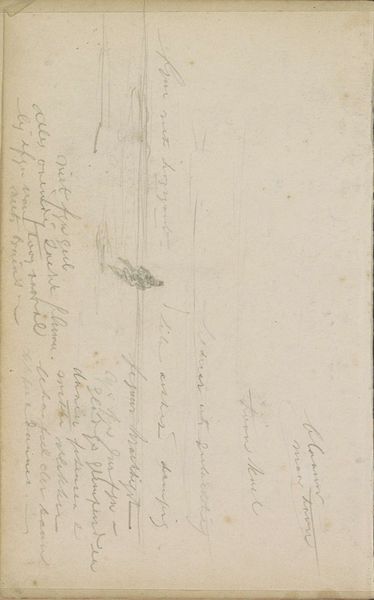
Twee portretten van Bukky, eerste matroos op de Willem Barentsz c. 1880 - 1886
0:00
0:00
drawing, paper, pencil
#
portrait
#
drawing
#
self-portrait
#
paper
#
pencil
#
realism
Copyright: Rijks Museum: Open Domain
Curator: Welcome! Here we have "Twee portretten van Bukky, eerste matroos op de Willem Barentsz," or "Two Portraits of Bukky, First Mate on the Willem Barentsz," created by Louis Apol around 1880-1886. It's a pencil drawing on paper. My first impression is of something quite intimate, like a quick sketch in a private journal. Editor: It strikes me as very immediate, yes. There’s a certain raw quality to it, given it’s just pencil on paper, almost like a field study. Looking closer, you see the grid lines of the paper still visible. I am fascinated by how accessible drawing materials were and still are. Its use tells me about class and accessibility to the means of visual production. What are your first thoughts about the symbolism in these portraits? Curator: Well, "Bukky" is inscribed above the upper profile sketch, and just beneath the name it says "1e matroos," which is Dutch for "first mate." What is powerful is not only Apol capturing this sailor's likeness but preserving his place within the social structure of the ship. And there are actually two depictions of the same man, offering varying views—one a profile, and the other more frontal, perhaps intending to reveal his true self. Editor: Fascinating. The hat Bukky wears in both portraits also catches my attention. The texture Apol conveys with just a few pencil strokes! It’s so deftly done. Hats are always culturally significant, hinting at social class, occupation, or group membership. I want to know more about this garment within the Dutch naval tradition. Apol is presenting Bukky both as an individual and a man deeply embedded within this particular history of labour and navigation. Curator: I see your point. And it's also worth considering the wider context of Dutch maritime history, the ships of this era. What sea did they conquer? This image is deceptively simple because we only see one person on a small piece of paper. But the implications about trade, class, colonialism and society are vast. Editor: I fully agree. Ultimately, Louis Apol created this artwork. Therefore, what was the labour needed to manifest this portrait and the socio-economic conditions within the artist created the work in the first place, needs to be fully investigated. The context to draw such a man would itself reveal important narratives and relations that are key to unveiling the art's significance. Curator: Indeed. Looking at it this way, Apol gives us a surprisingly direct link to this individual seaman and broader narratives around maritime exploration in the Netherlands. Editor: Absolutely. From pencil on paper to understanding material, labour, culture, and memory!
Comments
No comments
Be the first to comment and join the conversation on the ultimate creative platform.
